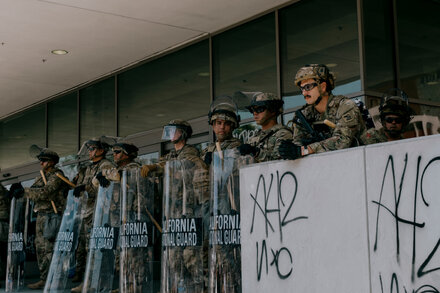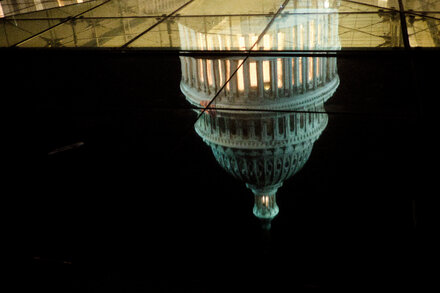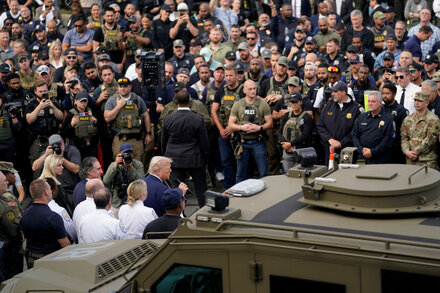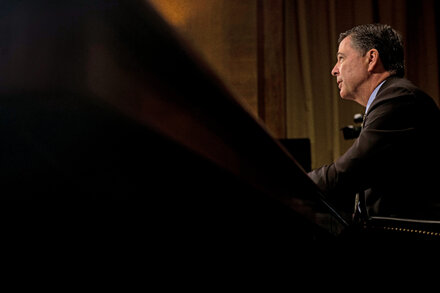As protests continued across U.S. cities in July 2020, particularly in Portland and Chicago, former President Donald Trump advocated for deploying the National Guard, intensifying a federal-local standoff over civil unrest. This move sparked widespread criticism and resistance from state and city leaders, who argued federal intervention exacerbated tensions.

Protests continued in cities across the United States in July 2020, particularly in Portland, Oregon, and Chicago, Illinois, drawing increased attention as former President Donald Trump advocated for deploying the National Guard to address the unrest.
The demonstrations, which had been ongoing for weeks, escalated in intensity and scope, primarily focused on issues of racial justice, police brutality, and, increasingly, the presence and tactics of federal law enforcement agents. In Portland, federal officers, some reportedly in unmarked vehicles, were observed detaining protesters, a practice that drew widespread criticism from local officials and civil liberties advocates.
President Trump’s push for National Guard deployment came amid concerns from his administration regarding the perceived inability of local authorities to control the demonstrations. He characterized the protests in some cities as escalating into anarchy and emphasized the need for a stronger federal response.
The proposed deployment met with resistance from state and city leaders, who argued that federal intervention was exacerbating tensions rather than de-escalating them. Oregon Governor Kate Brown and Portland Mayor Ted Wheeler publicly denounced the presence of federal agents in their city, demanding their withdrawal.
Chicago Mayor Lori Lightfoot also expressed strong opposition to federal troops being sent to her city, stating that such an action would only inflame the situation. The debate highlighted a significant federal-local clash over jurisdiction and the appropriate response to civil unrest.
Despite the calls for de-escalation from local officials and continued demonstrations against federal presence, President Trump maintained his stance, asserting the federal government’s authority to intervene where he deemed local control insufficient.
Source: Read the original article here.





